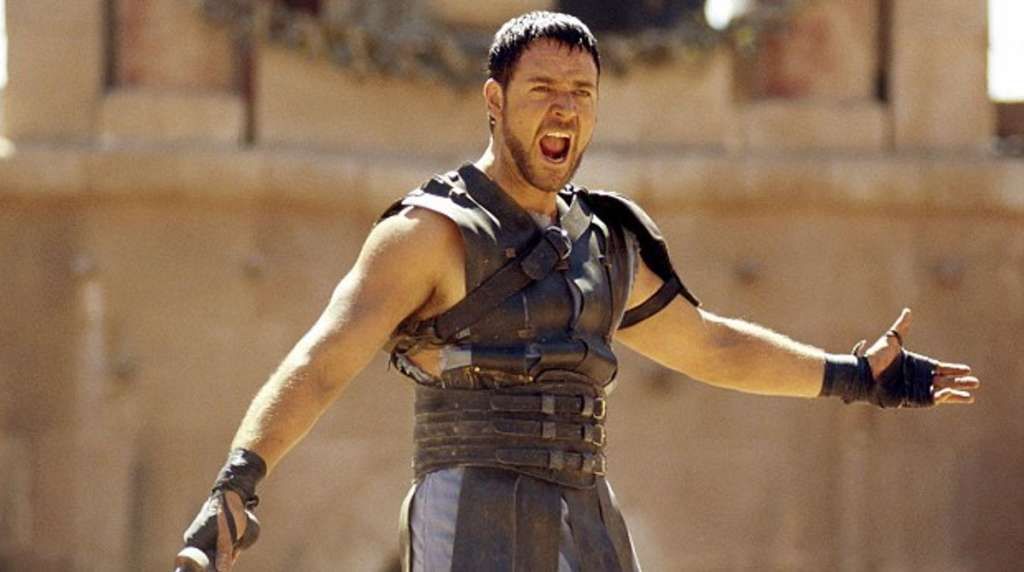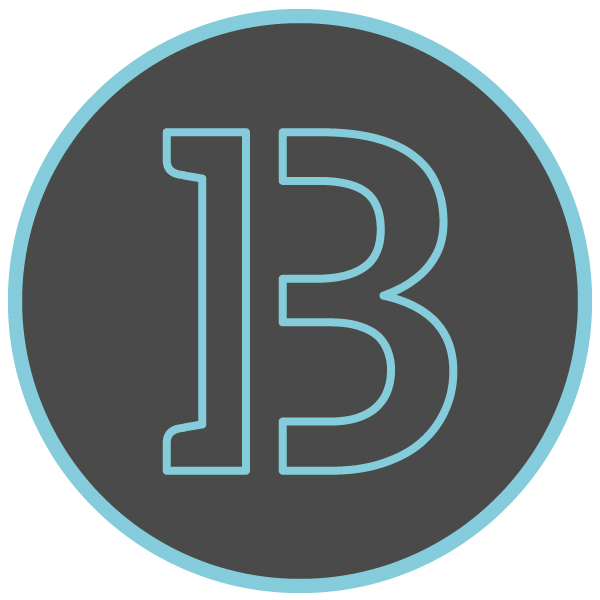Trying to find the right icebreaker challenge can be difficult in any workshop, especially a brand strategy workshop. The critical thing is to get the people taking part as relaxed as possible, and as quickly as possible.
I think of it similar to going to a party, but not a party full of people you know, instead it’s full of your partner’s work colleagues.
We’ve all been there. You feel out of place, a little awkward, wanting to hide in the corner away from everyone. Instead of hiding away, you’re thrust into it. You meet the host with a polite hello, nod to the others and then join the conversation. But you just listen in as you feel like an outsider.
You start to get more relaxed, the anxiety goes (especially after a few drinks), and then you start to engage in conversation. Debating, laughing, letting your guard down, being you, having a great time and buzzed when you leave.
With a workshop icebreaker, you need to create that feeling at the start of a workshop, and that’s why choosing the right one is crucial. There are a few factors to consider like the size of the group, the type of business, and whether you know the group well.
Walking into a large corporation versus a small to medium-size business can feel very different, but the principles are the same, aren’t they? What do we all have in common? It’s pretty simple – we’re human beings.

We all love to be entertained (even though in the movie ‘Gladiator’ Russell Crowe disagrees).
We enjoy having fun and have a passion for something in our lives. Yes, that passion differs from person to person, but that’s what makes us unique. Someones might be cars, sky diving, and another might be collecting stamps, you get the idea. Whatever it is, we all have it, that energy and passion for something help to drive us forward.
Also don’t assume anything, especially when dealing with people. In fact, I’ve read you should automatically give people an A+ once you meet them, meaning you never judge or assume anything about their character. Sounds easy but this is hard to do. We all judge, we might not admit to others, but we do.
Why it’s important? Imagine your working with a large bank one month and small vintage clothing business the next. What group are likely to be more engaging, energised and up for the challenge? Don’t assume people in banks won’t engage or that they’ll be quieter compared to a quirky, hippy shop. Once you offer a platform for people to express themselves and take part in how the business is doing against where it could go, you’ll be quickly surprised.
The important thing here is ensuring you create an environment that doesn’t judge but promotes open and collaborative discussion. This will pay dividends later once the more thought-provoking part of the day kicks in.
There are lots of ideas out about icebreakers. I’ve been in one where you throw a ball to one another, add another, then another, then another before dropping everything that’s thrown at you. Usually followed by a burst of laughter. A simple exercise to highlight you can only handle so much, similar when a brand or advertising messages are thrown at you. Only a few stick.
Or play the name the brand game. The game is simple, you take 12 brands and put four on an A4 page (you’ll have three A4 sheets). You hide the brand name and only leave the brand icon or badge visible.

The trick is to carefully select your brands based on easy (Nike swoosh) to hard (Chevron) to recognise. The idea is each A4 brand sheet gets harder to recognise as you go. Always add brands in which will give you a really positive (Disney) and negative (oil, bank) emotional response.
Split the groups into teams (pub quiz style), and whoever has the answers on paper first wins a prize. You’ll hopefully hear things like ‘I know that colour…. oh that’s what do call it, I remember the picture…’. Sub-consciously they are looking at the brand beyond the logo. They’re thinking about the colours, the imagery, the overall package and most importantly, the gut feeling they get about the brand.

I like playing Guess Who, a game I love from the ’80s. Again the principle is simple, you have to figure out your opponent’s person (out of 24) before they figure out who you are. To do so, you have to ask the right questions, do you have a beard? Or blue eyes? You get the idea.
The first game is so you learn the ropes, a bit of fun, the next game should be incentivised. Next to win gets a free coffee. Simple but this mechanic adds a competitive drive to win and play strategically quicker. They consider ‘how many people have blue eyes, how many are male, how many have a beard, how many have blond hair, how many have glasses’.

By the third and final game, they’re entirely focussed, so up the prize to a pack of Percy Pigs (my fav), and this will make them win in record time (I prefer to hand out a bag as a reward to all, but that’s just me).
The game is about understanding what questions to ask so you can identify the person or customer as quickly as possible. If you don’t know your customer, then how can you create a brand that they want or need.
In summary, no matter what you do, it should be short and simple. You’ll need to create a fun and engaging atmosphere that helps reposition their mindset from just being there, to not wanting to leave.
Find what works for you, and yes, I do have glasses.

